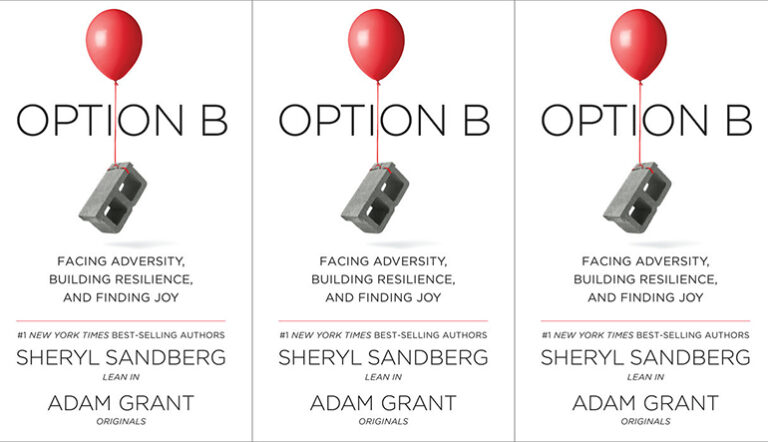Literature and its Manipulations in The Book of Goose by Yiyun Li

The Book of Goose
Yiyun Li
Farrar, Straus and Giroux | September 20, 2022
Yiyun Li’s body of work has been focused on canon, grammar, form, and the demands of love’s labor. Her new novel, The Book of Goose, is no exception. It follows Agnes, a middle-aged woman who decides to write about her childhood in the rural and poor Saint Remy in war-time France, a time of violence where lives were as fatal as they were fated. Perhaps for revenge, or perhaps as a way to alleviate boredom, and even as a way to play-act at adulthood, Agnes is persuaded to become a writer by her only friend, Fabienne. The novel traffics in this trade, where writing and penmanship, the sum total of labor that goes into the making of a book as a material artifact, is rendered into a contest between the one dictating the tale (Fabienne) and the one writing the sentences down in cursive (Agnes), between the idea and the will—all of which condensed forms the historic persona of Agnes, the child-author, writer from unexpected quarters, a public figure of letters.
The generic mode of the historical novel narrates not the self-fashioning of the artist, but the aftermath of making things up, the assemblages that transform a fourteen-year-old into a curiosity in postwar France. The child, as well as the writer, is fetishized as possessing romantic innocence and authenticity. The prodigy is endowed with a literary quality but fashioned by a dying aristocracy that hopes still to discover, isolate, bribe, study, and cultivate it—almost with the calculation of the eugenicist. At the finishing school that Agnes is whisked off to after the publication of her first book, she is at odds with the others; she is not learning to become a writer, she is readying for a career, and to do so she must learn to first belong as a woman. In Li’s telling, much of these cruel schemes appear through the clarity of a writer who has the experience of being published, publicized, and assimilated into the culture of the reader of taste and means. In Agnes’s encounter, her tutors are “well-intentioned” in their demands and manipulations; in Li’s reflections back in 2017, she wonders in the same verb, “Was I prepared to be turned into a symbol by well-intentioned or hostile minds?”
Few questions are answered in The Book of Goose. If Agnes plays along to ask Fabienne why they must write about themselves, Fabienne will at best call her “stupid” or “an imbecile.” If Agnes designs to shape a life for them together through the scripted paths of aspiration and escape, Fabienne will call her ambitious for attributing such causality to their games. The friendship between the fourteen-year-olds is likely to draw comparison to Elena Ferrante’s My Brilliant Friend. Li’s characters are paid brutal attention, rarely given to expressions of action, and there’s far too much rhythm to their affections and cruelties to make room for a saga. As a writer, Agnes claims both the richest and least literary title for herself—she is Mother Goose—of a prologue artist, a figure of children’s tales, part of the dramatis personae of pantomime, a creature translated from the French and supplanted to English; hers is a collection of moral fables for children, narrated with the idiosyncrasy of a peckish caricature. But Agnes also claims, through the geese she keeps later, her childhood with Fabienne among farm animals, and like Fabienne, she too exceeds her lot by failing to mother children.
Perhaps this is the lot of the characters, both those of Li’s making and of Fabienne and Agnes’s authorship—they belong as resolutely to their circumstances as they do to their creators. Their relationships are as much art as they are artifice, whether in the making or in the reception of the work itself. Li’s prose is as contained as it is raw when it cannot resolve the question that Agnes keeps stumbling upon: which of these games, these lives and relationships, are real, and is there a difference between “game-real and life-real”? In so far as this is a novel about literature, one may say that a real writer is as much an identity as it is a character threatening to organize the lives of people; as a novel about two friends, drawn to each other as much as they are betrayed by each other, the first inscription is what kills and births both realism and reality.
The Book of Goose is a taut landscape built of all literature’s attachments, manipulations, displacements, anxieties, and escapes. It is the labored breadth of an economy that is resplendently libidinal and compelling—the mark of an experienced writer’s rigorous later work.


